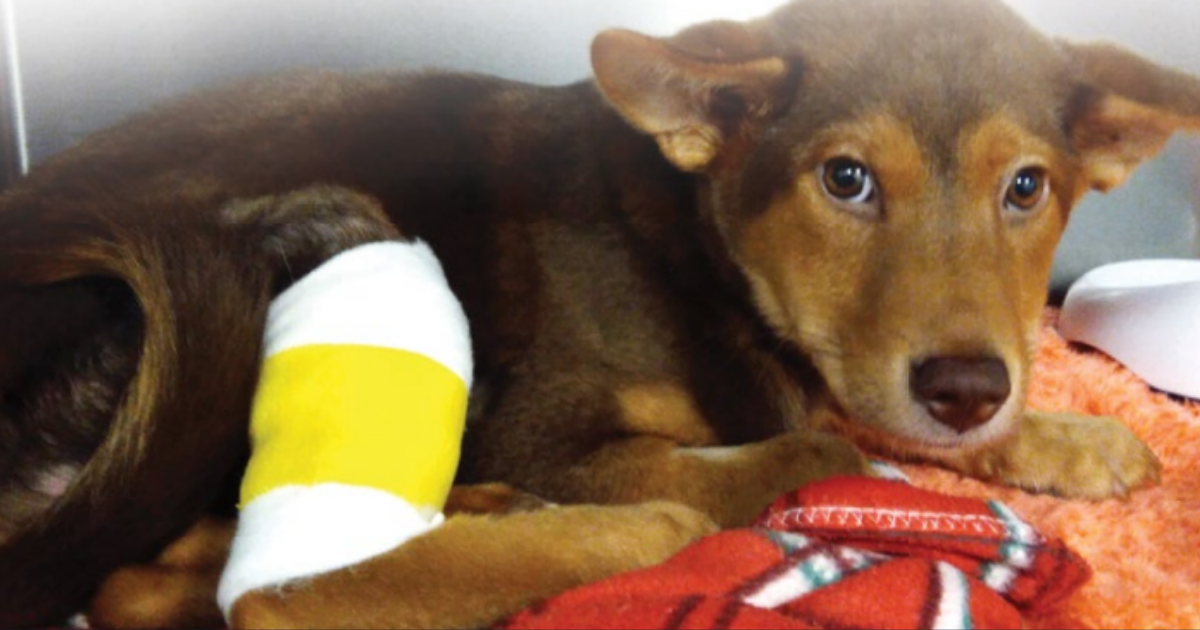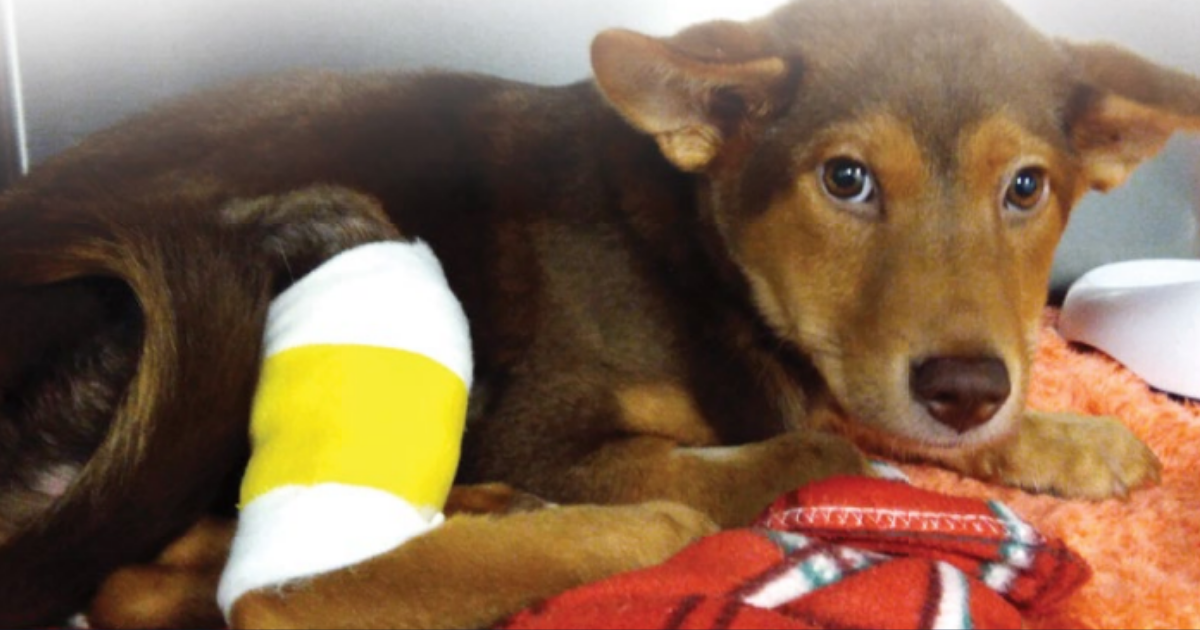Vet Facts: Causes of Canine Lameness
Lameness is a problem which effects most dogs at some point in their life. Defined as…..“a clinical sign of a more severe disorder that results in a disturbance in the gait and the ability to move about, typically in response to PAIN, injury, or abnormal anatomy”.
Lameness can be acute e.g. bone fracture or chronic e.g. arthritis, the latter often leading to “disuse atrophy” with muscle wastage of the affected leg. Unfortunately lameness can also be bilateral, for example affecting both hind legs in which case the dog may not be obviously lame just slower or stiff…these are the most difficult notice and diagnose (often called “hidden lameness”).
There’s not enough space to look at all the many causes of lameness but this article will concentrate on a few which are prevalent in Hong Kong:
Fractures: any bone can fracture but common ones include:
• Forelimb fractures (radius-ulna) in toy breeds jumping of sofas.
• Jaw, leg, spinal and/or pelvic fractures with dogs falling from tall buildings or being hit by vehicles.
• Young dogs can suffer growth plate fractures, these “plates” are areas of bone growth found at the end of long bones, and are a point of weakness during trauma. Damage to growth plates can result in shortened or bent bones!
Joint Problems: these are the cause of most lameness issues and covers a wide range of problems:
• Hereditary disease resulting in malformed joints e.g. hip dysplasia and patella luxation (loose kneecaps)
• Developmental disease e.g. Osteochondritis dissecans (cartilage issues) and Legg-Perthes disease (degeneration of the hip joint).
• Ruptured ligaments e.g. cruciate rupture (knee).
• Joint luxation e.g. dislocated hip or elbow.
• Arthritis which can be due to variety of causes including osteoarthritis, infection and auto-immune disease.
• Intervertebral disc disease commonly seen in Dachshunds, Pekingese and other small dogs.
Bone Disease: includes fractures but also:
• Cancer e.g. osteosarcoma.
• Inflammation e.g. panosteitis (involving the long bones of young dogs).
• Infection e.g. osteomyelitis.
• Nutritional disease e.g. Nutritional Hyperparathyroidism (vitamin D and calcium deficiency) and Hypertrophic Osteodystrophy (vitamin C deficiency and feeding excess protein and calories). These diseases are typically seen in young puppies and demonstrates the importance of feeding a balanced diet.
Foot Injuries: these are incredibly common so always check the foot of any lame dog for:
•Broken or ingrowing nails.
• Cut pads.
• Foreign material such as grass seeds and glass.
However, whatever the cause of lameness….it’s important to realise LAMENESS IS PAINFUL and the dog should be seen by a veterinary surgeon so appropriate diagnostics and treatment can be instigated!
HEALING BROKEN LIMBS and a BROKEN SPIRIT
A young male mongrel puppy, now going by the name of George, was found in a very sorry state in a country park in the New Territories. He was cowering in fear and was unable to walk due to severe trauma to his back legs. To add insult to injury wild macaques, responding territorially, were pelting the poor pup with stones and branches! A member of the public contacted the SPCA and our inspectors rescued the pup and brought him in to our Kowloon centre.
X-rays were taken and his injuries identified. The left hip was dislocated and there was a fracture to the right tibia (lower back leg). An attempt to replace the left hip was not successful due to soft tissue damage around the joint. The pup underwent surgery in which the hip was modified for a pain free future, by removal of the ball part of the “ball and socket” joint, and the tibial fracture was stabilized with an external frame which was left in place for 5 weeks before being removed. Follow-up x-rays showed that the bones had healed well.
Half-way through the healing process it was obvious that cage rest, while helping the bones heal, was not good for George’s psychological development. He was already extremely timid and traumatised due to his experiences and it was important that he saw life beyond a cage. I decided to take him home to join my own dogs. It has been delightful to see him come out of his shell under their guidance.
The happy conclusion to this tale is that the lady who originally found him intends to adopt George, now a spirited and fun-loving dog.
We think that George was hit by a car.
It could happen to any dog if care is not taken – check out our vet tips to help prevent accidents and worse cause scenario how to deal with them if they do!
https://petahood.com/blog/vet-tips-canine-orthopaedic-injuries-and-disease
By Dr. Adam West, Senior Veterinary Surgeon.
About PET-A-HOOD
Our platform is a one-stop destination for the latest and the most comprehensive pet-related information. From helping you discover pet-friendly businesses nearby, to planning fun weekend activities, we are your trusted partner when it comes to curating a healthy and exciting lifestyle for your pet friends and you. We also encourage pet owners to build their Pet’s Social Community through Pet-a-hood, by exchanging pet-caring experience, pet-related news, and connecting with other pet lovers in the neighbourhood.




